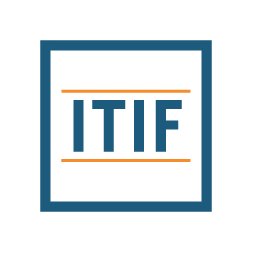Crafting Environmental Regulations In Ways That Spur Technological Innovation Can Positively Shift the Cost-Benefit Balance, New ITIF Report Shows

WASHINGTON—A new report released today by the Information Technology and Innovation Foundation (ITIF), the world’s leading think tank for science and technology policy, finds that technological innovation can often reduce the costs of compliance with environmental regulation. The report outlines conditions under which environmental regulation is shown to stimulate technological innovation and offers recommendations for policymakers.
“In protecting the environment, it’s possible for policymakers to counterbalance the costs of regulation by encouraging firms to innovate,” said ITIF Senior Fellow David Hart, author of the report. “Striking the right balance is complicated, and the knock-on effects of regulation take time to play out. But the evidence is clear that under the right conditions, regulation can encourage firms to innovate, which allows environmental benefits to be achieved at much lower cost than expected.”
According to the report, there are at least 12 conditions under which environmental regulation is shown to stimulate technological innovation, including when:
- Compliance with regulation is expected to be expensive.
- Higher authorities are unlikely to force regulators to relax.
- The threat of regulatory enforcement is legitimate and credible.
- Industry expects regulation to become increasingly stringent over time.
- The technological landscape for regulatory compliance is target-rich.
- Regulated firms have slack resources.
- The regulated industry is competitive.
- Prospects for shifting production to “pollution havens” are limited.
- Regulators rely on performance standards.
- The regulatory process induces an open exchange of information.
- Regulators have a sophisticated understanding of the regulated industry.
- Technology policy complements regulation.
To ensure regulation fosters innovation, the report recommends five rules of thumb for policymakers:
- Study whether the conditions they cannot control are likely to favor an innovative response from regulated firms;
- Set regulatory goals over the long term that assume the costs of compliance will decline due to innovation;
- Be patient as regulated firms explore ways to meet long-term goals;
- Encourage competition among regulated firms; and
- Develop a sophisticated understanding of the technical and economic challenges facing the regulated industry.
“There is no magic bullet that will ensure the right balance between regulation and innovation,” Hart said. “Through an open-minded, patient, long-term, and goal-oriented approach, policymakers can help create the right environment to encourage firms to innovate.”


